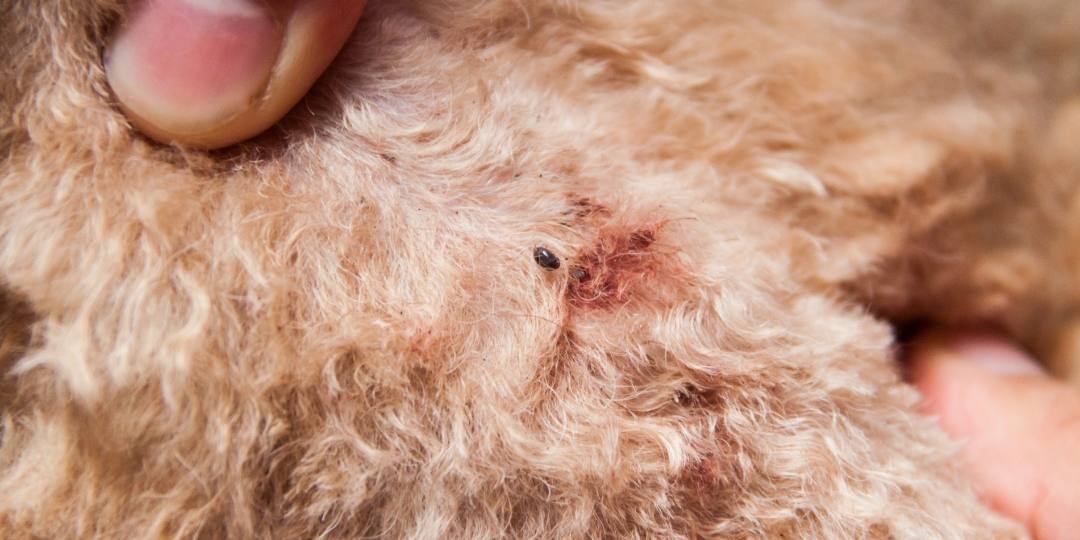Ticks are external parasites that can affect our beloved dogs, causing discomfort and even transmitting diseases. As responsible owners, it’s important to know how to detect the presence of ticks on our dogs and take measures to prevent infestation. In this blog, we will provide useful tips to identify if your dog has ticks and how to act effectively.
Regularly check the coat:
Perform regular checks of your dog’s coat to detect the presence of ticks. Use your hands to thoroughly explore your dog’s body, paying special attention to areas such as the ears, neck, paws, and tail. Ticks attach to the skin and may appear as small bumps or dark lumps. Make sure to also check between the toes and in hard-to-reach areas.
Observe changes in behavior:
Ticks can cause discomfort and distress in dogs. If you notice that your dog is restless, scratching, or excessively licking a specific area of their body, it could be a sign of tick presence. Additionally, the presence of ticks can also cause changes in appetite, energy levels, or mood in your dog. Stay alert to these signs, and if you observe any of them, carefully examine your dog for ticks.
Pay attention to symptoms of tick-borne diseases:
Ticks can transmit dangerous diseases to dogs, such as Lyme disease or babesiosis. If your dog shows symptoms like fever, lethargy, loss of appetite, unexplained lameness, or joint swelling, it’s important to consult your veterinarian immediately. These symptoms could indicate the presence of a tick-borne disease, and early diagnosis is crucial for successful treatment.
Use proper tools to remove ticks:
If you find a tick on your dog, it’s important to remove it correctly to avoid leaving parts of the parasite in the skin. Use tweezers or tick removers specifically designed for this purpose. Grasp the tick as close to the skin as possible and gently and steadily pull upward. Avoid twisting or crushing the tick, as this could increase the risk of infection. Disinfect the area after removing the tick.
Tick prevention:
The best way to protect your dog against ticks is through prevention. Use parasite control products recommended by your veterinarian, such as flea and tick collars, spot-on treatments, or repellent tablets. It’s also important to keep the environment clean and free of tall vegetation, as ticks often inhabit areas with high grass, shrubs, and wooded areas. Keep your garden and outdoor spaces where your dog plays regularly well-maintained and clear.
Another prevention method is to regularly brush your dog’s coat, especially after outdoor walks. This will help detect and remove any ticks before they attach to the skin. Additionally, there are natural repellent products, such as lavender or eucalyptus essential oils, that can be used as a supplement to keep ticks away.
Remember, prevention is key to avoiding health problems in your dog. Keep the vaccination and deworming schedule recommended by your veterinarian up to date, as this will help protect your dog against tick-borne diseases.
In conclusion, being alert to signs of tick infestation in your dog is crucial for taking quick and effective measures. Perform regular checks, pay attention to changes in behavior and symptoms of diseases, and use proper tools for tick removal. Additionally, focus on prevention through the use of parasite control products and maintaining a clean and clear environment. By taking care of your dog’s health, you will provide them with a happy and tick-free life.




